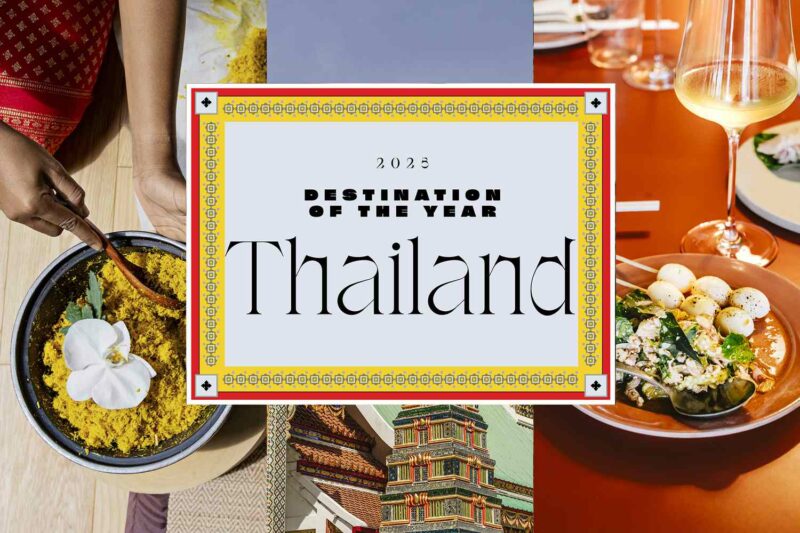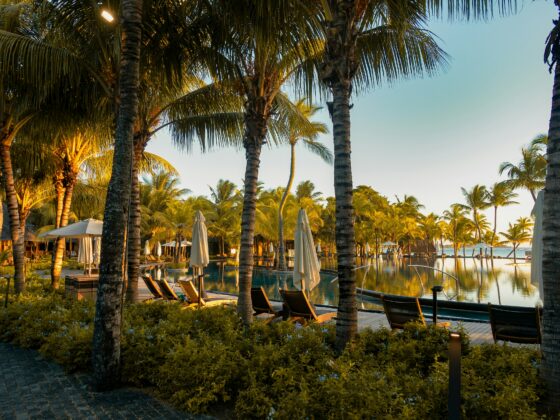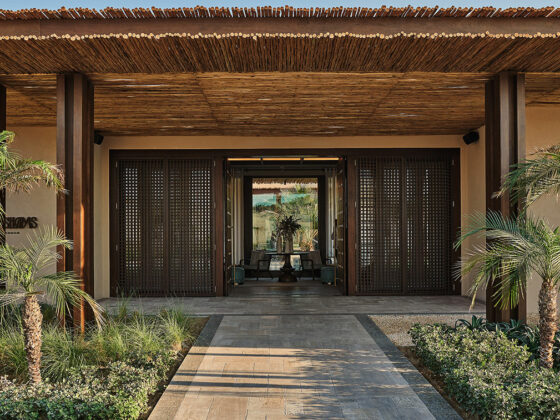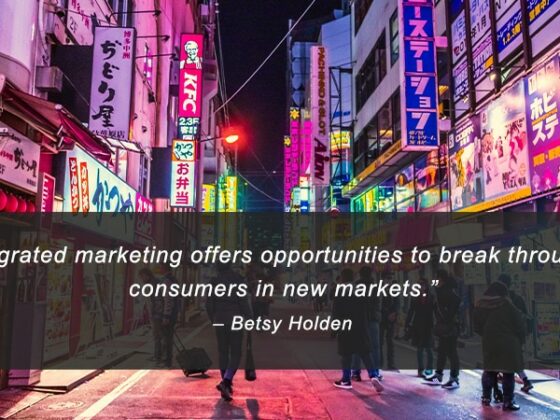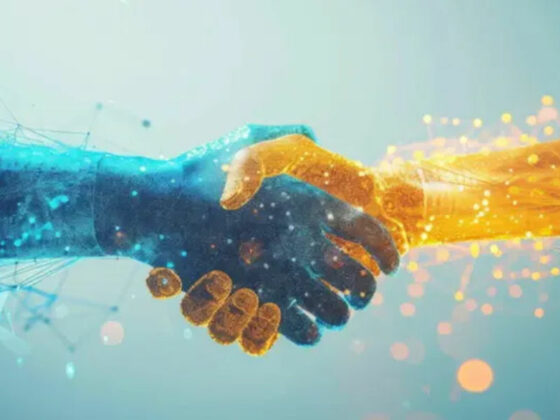Josiah:
Why do you do what you do? Does it motivate you to do your best work and provide exceptional hospitality? Today, learn how one hotel owner and operator found engaging her community to be a powerful motivator in what she learned along the way. Rachel is a hotel owner who grew up in a hospitality family business and we started our conversation talking about that. Were there any moments or experiences early on that you recall being formative in how you think about hospitality leadership today?
Rachel:
My dad was always kind of a visionary and I think the most formative experience was he was always looking ahead to what was next and how to give the business an edge. So he brought some of his own culture to our town and started a Dutch pancake restaurant, which was hugely successful. He then later on built a miniature golf course, but not just any miniature golf course, It was actually a golf course in miniature, so not like tacky. He got a lot of pushback because people were worried it was going to have windmills and not match the location of Stowe, Vermont. So he was always thinking on the edge about things and that also inspired us. When we came back We then built an eight-lane boutique bowling lounge and that was kind of emerging in the years before we built it as a cool thing. In all over the world Really those were starting to pop up as alternatives to traditional bowling alleys as a really high-class, unique experience. So I think that was instilled in me early on.
Josiah:
My understanding is, throughout your career, you’ve been involved in the community beyond just the hotel And you mentioned what your parents did. You mentioned what you did with the bowling alley. There’s a great photo on your website in front of that bowling alley. It looks really cool. My question for you is is there in Simon Sinek’s parlance of the why being important as a driver, is there something like that that is actually bigger than hospitality? Maybe it’s community focus, maybe it’s something else that has been a factor.
Rachel:
Absolutely. When we made our last transformation and built out a multi-million dollar expansion with New Rooms and the bowling alley, i really thought a lot about, and that kind of coincided with the work I’ve been doing on leadership and leadership development, and one of the first Simon Sinek’s book was one of the main books that I have relied on over the last years for direction, and that was one, i think. In our employee handbook we actually write about what our purpose and mission is, and part of that is that we are a place where the community is welcome And not only our community, but also that our employees feel welcome. And it tied into the bowling alley as well, because in the 1950s, when bowling alleys became really mainstream, they were a community center. Husbands and wives would go every week for the bowling leagues and they would meet with friends And that was their support network, and that purpose has really grown over the last years, for one of the examples is that we offer for a very low cost and often for no cost. We offer our facilities to students and kids programs in order to offer other kinds of activities. One of the groups, for example, is people with disabilities, and bowling alleys are actually pretty conducive if built correctly for people with disabilities, and they just have a great time.
Josiah:
So It’s really cool to hear that There is a book called The Lonely Century by Noreena Hertz that I might link to in the show notes. It’s really a fascinating look at societal trends and kind of what has caused people to fragment and just this thing, an epidemic And I think fighting that a gathering spaces is Obviously exists within hospitality, but you’re thinking more broadly. How do you create these environments where people can get together? You mentioned welcoming being a key focus of yours, And what does it take to make people feel welcome?
Rachel:
Well, first you have to have great customer experience. A great customer experience And you, i think, from an hospitality perspective, it’s about making it easy for people to come visit you, and that you it’s things like not underestimating your hours on Google and updating the public on social media when you’re gonna have a day where you might be closed suddenly And we’re not perfect at this, we’ve made lots of mistakes with this, but I think making sure that you, when you say you’re open, you’re open, that’s kind of like the quintessential example of making people feel welcome. But you know then when people come in the door that the staff are friendly and warm and helpful. And another one that’s really really made a big difference for us is that I’m a big believer in connecting with people, so forming a relationship with the people that come through the door And really trying to understand things from their perspective. We take it very seriously Our customer feedback survey. We listen to the feedback and we act on it very meticulously. So I think that’s another way that people will feel welcome and wanna come back.
Josiah:
How do you build a connection with guests?
Rachel:
It can be little things, it can be like, it can be just hey, you know, you’ve got a great dress on today, or it could be. We have a marquee sign for our bowling alley, stobowl And actually during the pandemic, obviously we had to shut down and we couldn’t do anything anymore And I felt so helpless that we had lost our sense of place and our purpose to bring people in through the doors. So all of this, one day I had this idea. It might have been influenced by the fact that I celebrated my 40th birthday like at the peak of when everything went down And I started surprising people by putting happy birthday gene on the marquee. So there were friends at first. And then people started asking me hey, would you mind putting my son or daughter’s birthday on the sign? It would just be really special. And people started coming by and taking pictures in front of the sign and you know things like that to just make them feel special on a day when nobody could get together. And people don’t ask us as much these days, but every once in a while I still get a question hey, do you still put people’s names on signs? And I’m like, absolutely, of course. And so you know that’s three years later Now. People still remember that and really appreciate it. So it’s definitely a connection. Exactly.

